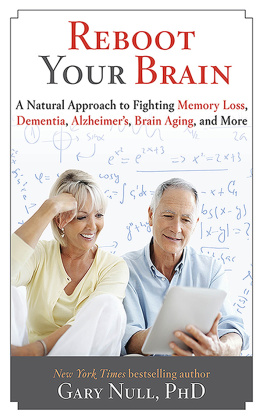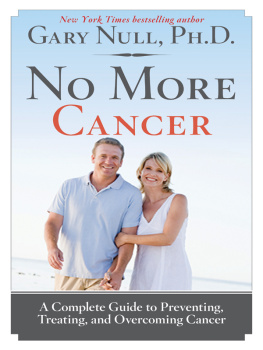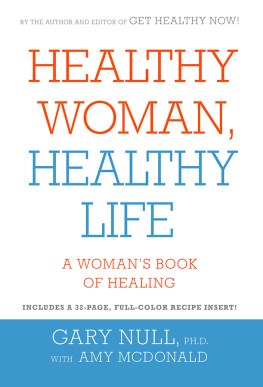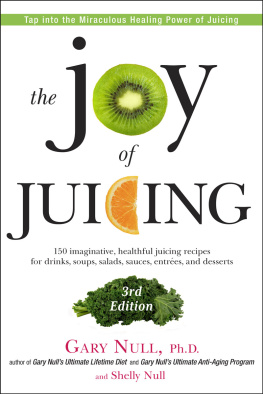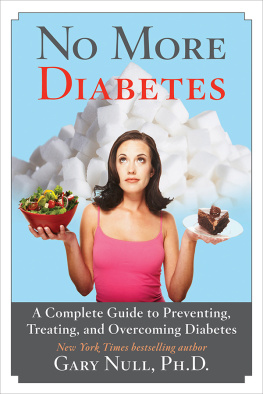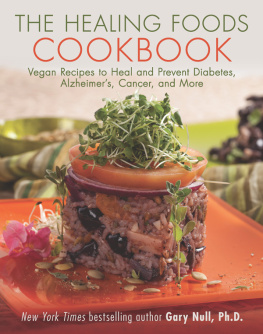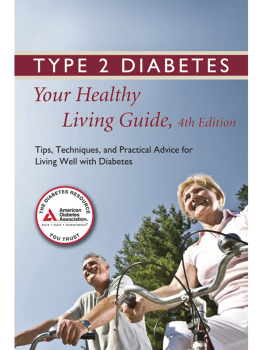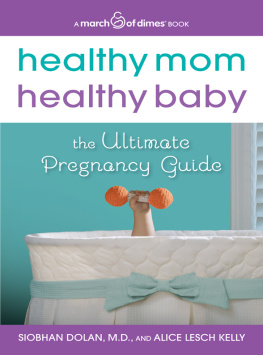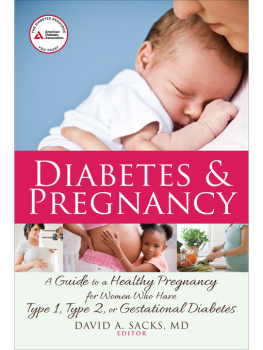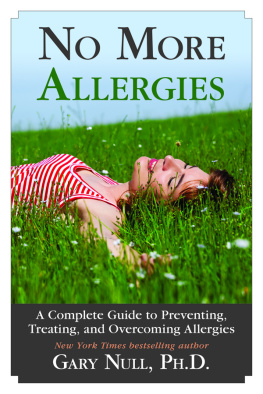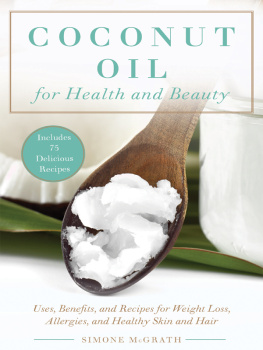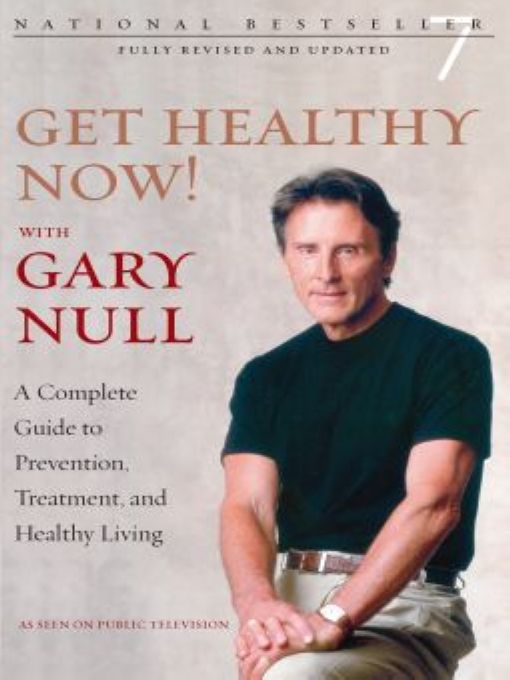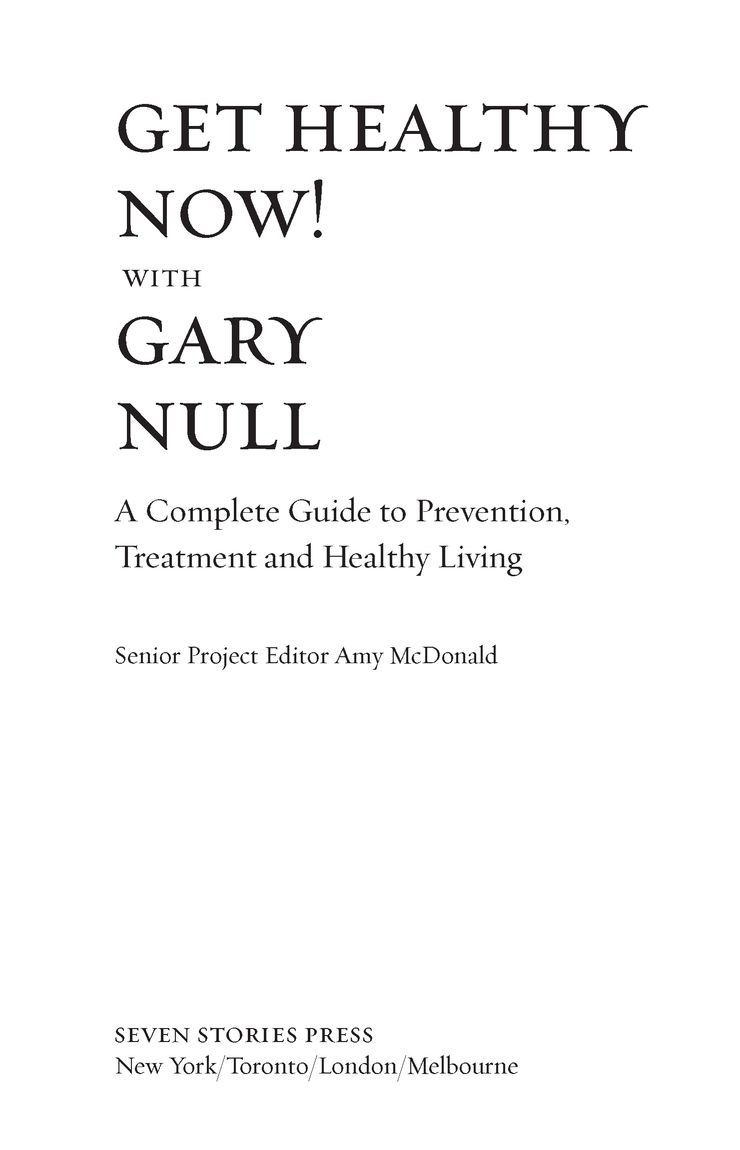Table of Contents
PART ONE
Back to Basics: What Is Nutrition?
You Are What You Eat
It has finally become conventional to associate good nutrition with good health. Mainstream medicine and the public at large now acknowledge that a good diet can not only promote health, but also prevent disease. Today it is customary to talk about how food choices affect our overall well-being and help ward off heart disease, cancer, diabetes, stroke, osteoporosis, and other ailments. Most people also are aware that a healthy diet can decrease the risk of disease by reducing predisposing conditions such as obesity, high blood pressure, and high cholesterol.
Eating a balanced diet is the most effective way to ensure that our bodies receive the nutrients we need. Nutrition experts recommend that the daily diet include a certain number of servings from each of the five major food groups: breads, cereals, rice, and pasta; vegetables; fruits; milk, yogurt, and cheese; and meat, poultry, fish, dried beans and peas, eggs, and nuts. Fats and sugars should be used sparingly.
The importance of whole grain foods was not recognized by the mainstream until relatively recently. But carbohydrates are necessary in order to have energy, and whole grainssuch as oatmeal, whole grain bread and brown riceare the best way to obtain carbohydrates. Whole grains, as opposed to highly processed carbohydrates, provide the outer (bran) and inner (germ) layers, in addition to the energy-rich starch. The key here is that the human body does not digest whole grains as rapidly as it does processed carbohydrates. By not doing so, it prevents blood sugar and insulin from quickly increasing and decreasing. When these two are better controlled, hunger is better controlled, which may prevent type II diabetes.
Over the past several years, much has been written about the value of fats in the diet, though this notion was shunned not too long ago. But remember, I am referring to plant oils, not all kinds of fat. Excellent sources of healthy unsaturated fats are olive and flaxseed oil, walnuts, almonds, coconuts, avocados, hazlenuts, in addition to fatty fish like salmon and sardines. Healthy fats improve cholesterol levels and also protect the heart against deadly arrythmias.
Fruits and vegetables have long been an integral part of the alternative movements dietary recommendations. When eaten in healthy amounts, they canamong other thingsreduce the likelihood of heart attack or stroke, provide protection against cancer, and help prevent cataract and macular degeneration, the main causes of blindness in people over 65.
Unfortunately, the typical American diet does not meet many of the requirements for good health. Part of the problem relates to the types and proportions of foods that people eat. Just as important to our health, however, is how the foods are grown and processed as they make their way to our grocery shelves and kitchen tables.
Because of todays agricultural and manufacturing practices, foods once full of vitamins, minerals, protein, and fiber have indeed become bankrupt. Not only does refining wheat and other grains strip them of their fiber, the wheat grown on todays soils contains only a fraction of the protein content it once had. But this is not the only adverse consequence of modern-day food production. Even with thorough washing, many chemical pesticides are not removed. They penetrate the skin of fruits and vegetables and invade the bodys systems.
Food Supply
A half-century ago roughly a third of the grocery store was devoted to natural, fresh produce. Today, it is a small fraction of that, and even what appears to be natural has often been altered. Fruits and vegetables are routinely grown with artificial fertilizers, sprayed with pesticides, treated with chemicals to control the time of ripening, and coated with waxes to give a glossy appearance.
Modern bread fares no better. For thousands of years wheat has been prepared as bread. Known as the staff of life, whole wheat is a rich source of nutrients: complex carbohydrates, protein, oils, roughage, and an excellent balance of vitamins and minerals. When making whole-wheat flour, these ingredients are retained. Refined flour, used to make white bread, is processed in a different way. Rollers flatten and separate the bran and germ, which carry most of wheats nutrients. Fiber is lost. Chlorine gases are used to bleach out remaining substances. The product is then enriched with synthetic versions of some of the nutrients removed earlier in the processing. To increase shelf-life, preservatives are added.
Among the ingredients commonly listed on loaves of bread made from enriched flour are barley malt, ferrous sulfate, niacin, thiamine mononitrate, riboflavin, corn syrup, partially hydrogenated vegetable shortening, yeast, salt, dicalcium phosphate, and calcium propionate. Potassium bromate was a popular additive until its association with cancer in laboratory animals led many countries to ban its use. In 1999, the Center for Science in the Public Interest petitioned the Food and Drug Administration to prohibit the use of bromate in the United States. While many bakers have voluntarily switched to bromate-free processes, many continue to include bromate in their products. Some of the flour additives and processing chemicals that need not be listed on bread packages include oxides of nitrogen, chlorine, nitrosyl chloride, chlorine dioxide, benzoyl peroxide, acetone peroxide, azodicarbonamide, and plaster of Paris.
Lets take a look at meat and poultry. Many of us picture farms as being like those we remember from childhood, or like those we have seen in pictures or on television. We imagine farm animals in their pens, or even roaming around a farmyard. Such farms may exist, but they are not the source of most of the meat and poultry we buy and eat today. Chickens are raised by the tens of thousands in giant buildings where they never see the light of day. They are kept in cages where they cannot move, with conveyor belts bringing them food and water and carrying away their waste. When they do move about, they often slide around on their breasts, as some modern breeds grow too fat for their legs to support them. They are constantly sprayed and their food is doused with chemicals, hormones, and medicines. Attempts also are being made to breed featherless chickens.
Steers spend most of their lives outdoors, but are no less exposed to chemicals in their upbringing. Today a steer is born, taken from its mother and put on a diet of powdered milk, synthetic vitamins, minerals, and antibiotics. It is permitted to eat some pasture grass, but this is supplemented with processed feed that is premixed with antibiotics and growth-promoting drugs. At 6 months, the steer weighs 500 pounds and is ready for the feed lot. Here it is doused with pesticides and then placed in a pen that is lit around the clock to change natural sleep rhythms and encourage continuous feeding. Food consists of grains, urea, carbohydrates, ground-up newspaper, molasses, plastic pellets, and most recently, reprocessed manure, a high protein source. After 4 months in the feed lot, a steer weighs 1,200 pounds. A few more doses of pesticides, antibiotics, and hormones are administered to pretenderize it while it is still alive, and it is ready for slaughter.


